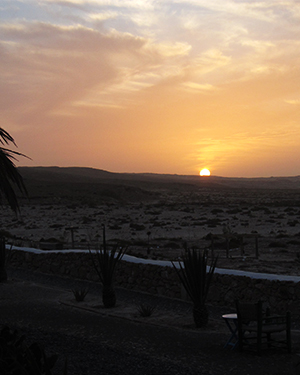boa vista, cape verde
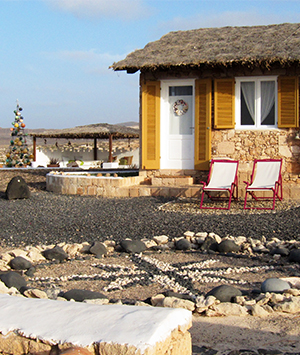
happy new year everyone! it’s been a slow start for me due to being a bit ill but also having a lingering desire to do very little, after a wonderfully relaxing holiday in cape verde.
we stayed at spinguera ecolodge on boa vista, one of ten islands in the cape verde archipelago. boa vista is a volcanic desert island, which has a dry rocky landscape (they’ve not had their normal rainy season for two years so everything looks especially parched) with sand dunes and some lovely beaches. i imagine people have a love or hate reaction to the beautifully stark landscape - i loved it.
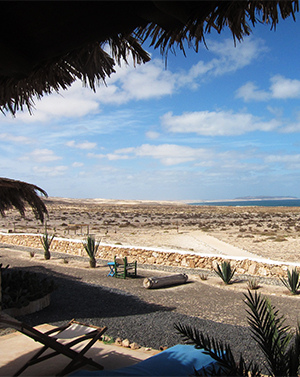
spinguera is a very special place – it’s a small eco resort which is situated within the norte national park and is the result of a project, by its italian owners, to restore an abandoned hamlet. everything has been developed with respect for the environment – natural materials and colours are used throughout; the buildings nestle unobtrusively in the landscape; most of the power that is needed is provided through wind and solar power (no air conditioning, tv or hair dryers here); water usage and light pollution is minimised.
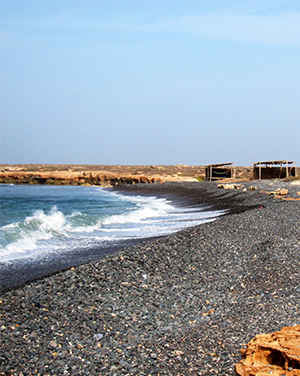
it is also draws on the resources of its location - the vast majority of the staff are from the nearby village bofareira; food is a mix of local and italian-inspired dishes and the ingredients reflect local specialities such as goats cheese and yoghurt, an abundant supply of fish and seafood, wonderful spicy sausages and local wine, beer and grogue (the local sugar cane hooch, said to be similar to cachaça).
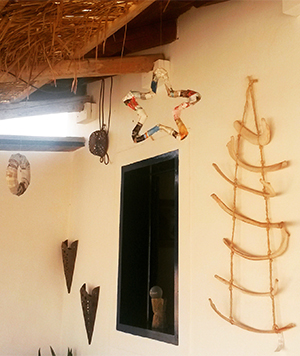
spinguera has a wonderfully stylish character - this is at least partly due to the amazing light but also the creative eye of its artistic owners, whose decorations include glass jars of shells, the white skulls and bones of goats, donkeys and even whales, plus driftwood, shells and a range of items (both natural and manmade) which are at various stages of decay as a result of the sandy, salty winds that blow across the island. this creativity was also reflected in the lovely christmas decorations – a tree made out of fishing buoys and decorations made from coloured newspaper wrapped around wire.
the care that has gone into creating spinguera is also reflected in the thoughtful hospitality that you receive when you’re staying here – the staff speak several languages (the local creole and portuguese plus english, german, italian and french were all in use during our visit); there are plenty of quiet comfortable spaces to which you can retreat (both indoors and out, under cover and in the sun) plus the food and drinks provided are varied, delicious and always available!
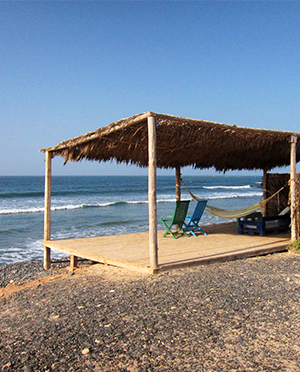
as i mentioned, there is a mix of local and italian-inspired dishes on the menu. some of my favourites were local dishes. at breakfast, there was always a choice of egg dishes and while david usually had an omelette of some sort or scrambled eggs with peppers, onion and the local spicy sausage (which was very similar to chorizo), i really loved the cachupa guisada with egg. cachupa is cape verde’s national dish and is a slow-cooked stew made from dried corn kernels, a mix of other beans plus a little onion and tomato plus plenty of garlic. it’s intensely savoury and i loved the texture and taste of the dried corn (i’ve been looking for them since getting home to frankfurt but haven’t found any yet!). at breakfast it was served with a crashed egg; i also ate it for supper one evening (cachupa rica), when it was served with some fish and sausage on the side; i think that in this case there was also a little pork in the corn/bean mix. or maybe i’m getting muddled and that was the feijoada that i had, another bean-based stew which can be found in many lusophone countries.
we ate plenty of fish and seafood – there were fish options every day and it was usually cooked very simply, with vegetables and rice or polenta; there was also a wide range of seafood – in fact, on christmas eve we had a wonderful meal which included prawns, octopus and lobster as well as the local garoupa fish. i also ate conch for the first time, served in a light herby tomato sauce - delicious and similar to squid/octopus. the meat dishes we tried included a wonderfully rich goat stew, fillet steak and chicken caesar salad. puddings were also delicious – a chocolate mousse particularly stands out in my memory!
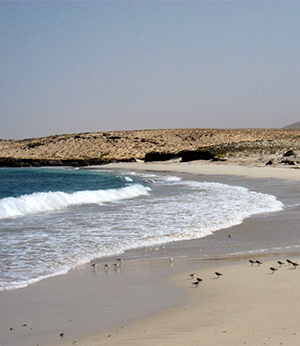
we really enjoyed the locally-sourced chã wine from fogo (one of the other islands) - i particularly loved the rich fruity flavours of the white and rose wines, but also enjoyed the red. we didn’t try grogue on its own but did enjoy the spinguera ponche caseiro – their house blend which adds honey and citrus fruit to temper the fiery spirit. this was served as a digestif and tasted remarkably like grand marnier (maybe that’s the holiday talking but we bought a bottle home and i’m looking forward to doing a taste test as well as seeing what cocktails david comes up with)!
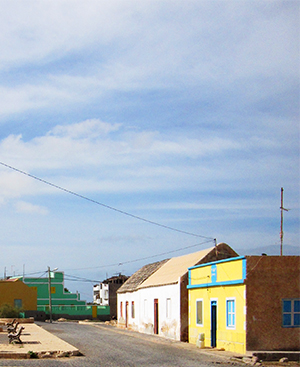
and that’s almost it. not quite though – before catching our flight we took advantage of a spare hour and arranged to travel via the small brightly coloured town of rabil, so we could visit a local pottery and see the old são roque church which was built in 1801. we also stopped off to see the deserto de viana, which are described as boa vista’s most beautiful sand dunes with their soft white colour (if we had been on the island during a full moon we would have done a moonlight tour as apparently this is incredibly beautiful).
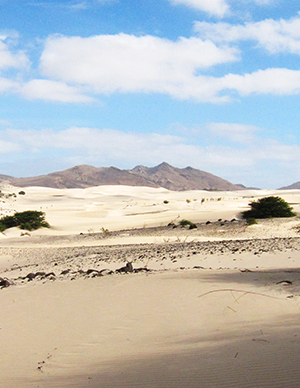
and that really is it. we had a wonderful visit and i’d love to return – the warmth and sunshine in the depths of winter was very welcome (temperatures were c24c) but more important was the warm welcome we received at a beautiful and comfortable retreat. many thanks to larissa, vanusa and the team at spinguera.
if you do want to visit the island i thoroughly recommend spinguera (this lovely video shows you want to expect – i think the musicians in this are the group that played for us on christmas eve and are also from nearby bofareira) but if you’d like somewhere less remote – the beaches were a ten or thirty minute walk, depending which one you chose (the nearby one has the beach huts pictured; the further one is a larger bay with open sand and varied from being deserted to full of kite surfers who were incredible to watch) – then the migrante guest house in sal rei would be top of my list of places to research further.
